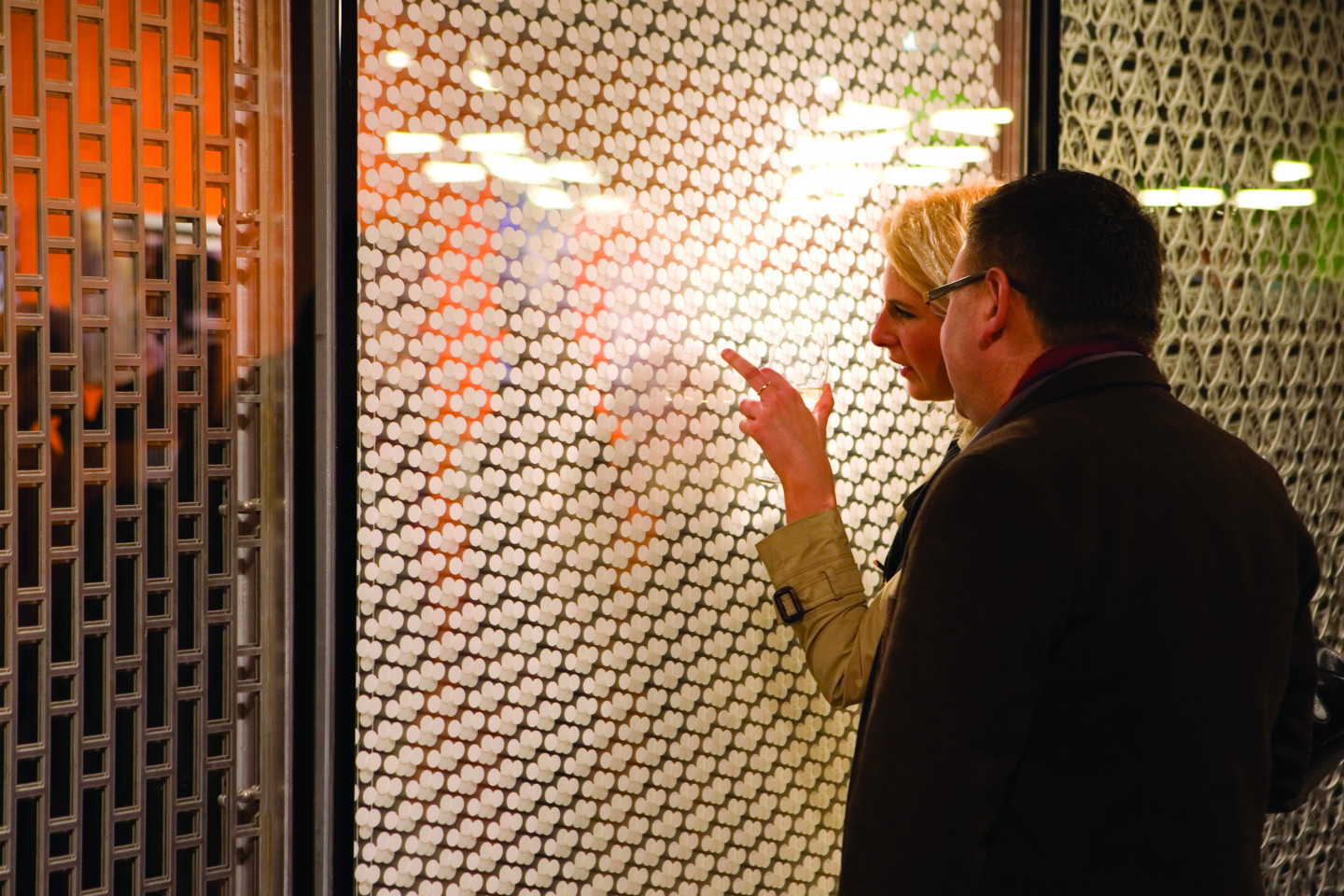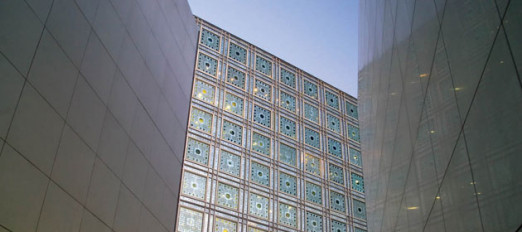4 March - 30 April 2011
In Spring 2011 The Building Centre hosted the first UK retrospective of the work of Chuck Hoberman. The works exhibited included a collection of commissioned sculptures, prototypes, and inventions that reflect the transformation of Hoberman’s thinking as a designer and inventor from 1990 to the present. The exhibition was based on a retrospective held in Japan in 2008 with additional dynamic elements showing chosen for the London showing.
Hoberman’s early work, which was exemplified by his sculptural installations and toys, represents a period of pure mechanical expression when he established the underlying mathematics and philosophy of what he now calls Transformable Design. As his thinking evolved through the 1990s, patterns, opportunities, and organizing principles emerged. He also became increasingly focused on applying his design approach to real-world problems. Rather than pure mathematical principles, functional benefits such as portability, instantaneous opening, and intelligent responsiveness within the built environment, served as his inspiration.
Today, Hoberman fuses the disciplines of art, architecture and engineering to projects as diverse as furniture, deployable shelters, space structures, stage sets for U2 and buildings. In 2008, Hoberman co-founded the Adaptive Building Initiative - a joint venture with the global engineering firm Buro Happold dedicated to designing a new generation of buildings that optimize their configuration in real time by responding to environmental changes.
The exhibition was launched with an international conference entitled Adaptive Architecture
3 - 5 March 2011. This brought together thinkers, designers, constructors and building users to look at the latest developments in the use of adaptive technology to achieve responsive and sustainable environments.

